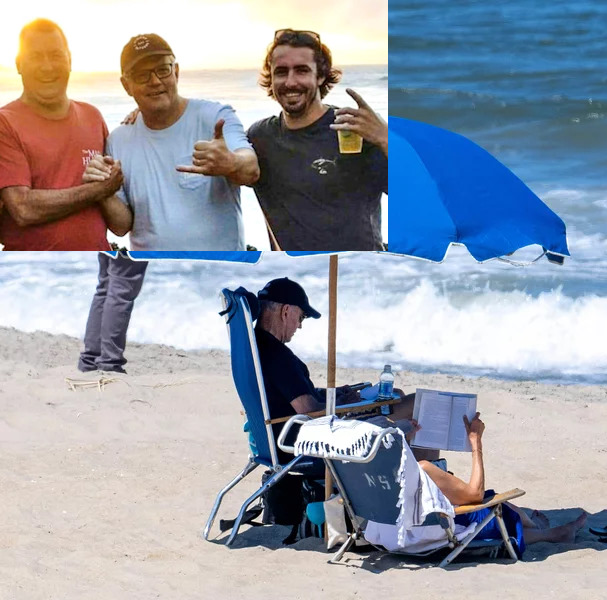In an ironic twist of political fate, two prominent world leaders have found themselves in hot water over their contrasting Hawaiian vacation choices.
First up, Scott Morrison, the former Australian Prime Minister, who famously opted for the sun-kissed beaches of Hawaii while his own nation contended with some of its most devastating bushfires. The choice sparked outrage from many Australians, who felt abandoned and betrayed as they watched their homes and habitats go up in flames, only to see their leader’s beachside Instagram updates.
Fast forward, and President Joe Biden now faces his own Pacific predicament. While Maui experienced its own tragic fires, Biden, perhaps trying to avoid Morrison’s misstep, stayed notably clear of the Hawaiian islands. This move, rather than being seen as sensitive, instead raised eyebrows and some sharp critique. Many felt he missed an opportunity to be present, offering moral support to the distressed island community.
Local Maui resident, Lani, pointed out, “It’s not about the vacation. It’s about showing up when you’re needed and to show you care. Whether it’s in the middle of a disaster or in its aftermath, people remember where their leaders stand…or tan.”
The takeaway from these parallel tales? Hawaii, while being a tropical paradise, is also proving to be a political quagmire for leaders. The golden rule they might consider is simple: respond to crises first, take a beach break later.
In the annals of political history, this will be remembered as the Hawaii paradox – to be or not to be in Hawaii, that is the burning question.
